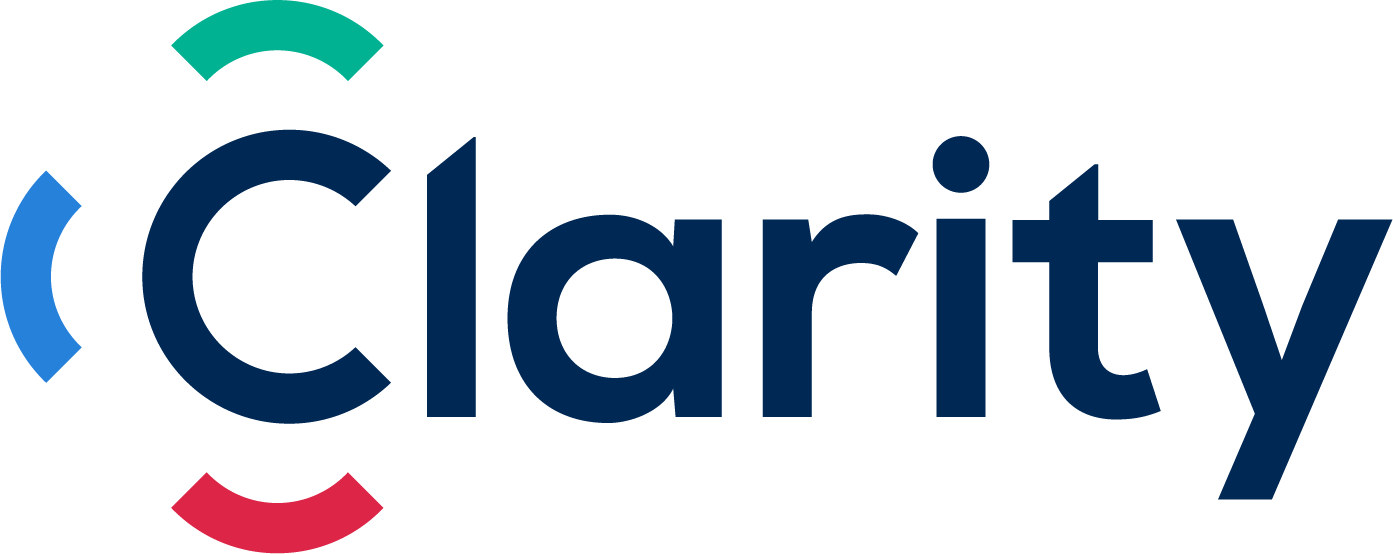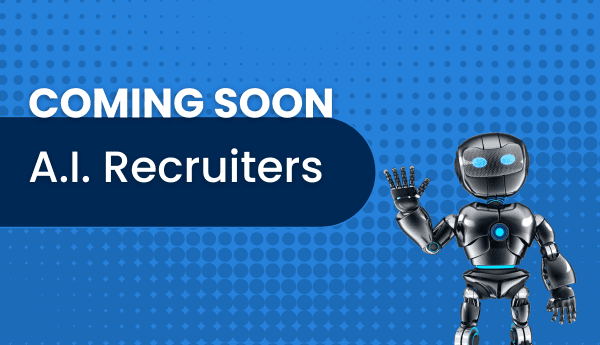AI recruiters are a part of the future. In last week’s blog, we asked:
“Are you going to lose your job to A.I.?”
To which we answered: “Yes… but not yet.”
In this week’s installment, Part Two of Clarity Recruitment’s four-part series on Artificial Intelligence in the hiring process, we examine the challenges faced by AI in its attempt to change the recruiting landscape and outline a few reasons why AI isn’t ready to take your job just yet.
So, why hasn’t AI taken over recruitment as we know it?
Where AI sets itself apart from human decision-makers is in its ability to understand and solve repeated problems in environments with lots of clean data and well-defined outcomes. For example, mapping the fastest route from Point A to Point B (ZDNet) or predicting which translation best fits a particular word or phrase (NYT).
Anyone who has spent more than a week in recruitment, at least in its current state, knows that it is not one of those environments. To understand why recruitment doesn’t match the profile of an environment ripe for AI predictions, let’s start with the “clean data” requirement for better AI prediction.
More data improves prediction. The better the data, the better the prediction and the more a machine can learn from that data. Unfortunately, data in the recruitment industry is often less than stellar. Even for firms who compile information in applicant tracking systems, this data rarely provides the accuracy, validity, or reliability required to make sound predictions.
For example, quantitative data (e.g. 3 years at Firm X) often isn’t alignable or directly comparable with similar data from others (e.g. 4 years at Firm Y). These issues are compounded when looking at qualitative data (e.g. communication skill, teamwork, or culture fit). Take “leadership”, for example. In order for an algorithm to better understand leadership, it will require data on leadership that is quantifiable (e.g. 7/10), reliable (e.g. my 7/10 is the same as your 7/10), and accurate (e.g. 7/10 reflects the candidates actual capability regardless of situational constraints).
Now we admit that it is possible, even likely, that AI will find better routes to understanding candidate success through its own analysis of whatever data is available (e.g. using “big data” to discover that owning a dog is highly predictive of job success), but this will require that we can unambiguously define the outcome of that prediction data, in other words, what makes a good hire. But, as any recruiter knows, clearly stating a well-defined outcome in hiring is equally, if not more, fraught with ambiguity than the data going into that decision.
As we can see, issues with the data going into the machine as well as with the outcomes we are asking it to predict stand in the way of AI making better, faster predictions than human recruiters. In order for AI to improve on human prediction, it will require “cleaner” data and well-defined hiring success outcomes. Where there is ambiguity, there will be room for humans – you – in the decision-making process.
Stay tuned for next week’s post on how we can work with algorithms, where we will discuss how we can help machines improve so that we can benefit from their predictions and improve our decision-making as AI gains ground in the recruitment race. Subscribe to our newsletter for more posts like this, salary guides, research and insights to keep you at the top of your game.
This is Part 2 of 4 in our series on the future of artificial intelligence and recruitment. Check out the full series below.
Part 1 – Dear Recruiter: AI Is Coming for You
Part 3 – Better Data Wanted: The double-edged sword of hiring data in AI recruitment
Part 4 – Recruiter vs. Machine: Our Future in the New AI Era
Your Next Step
No one should walk the job search or hiring road alone. At Clarity Recruitment we help others realize their success through a process that marries proprietary technology with unwavering commitment. Contact us today to take control of your career, or to partner with us to hire well.
Clarity Recruitment, connecting exceptional people with remarkable companies.

